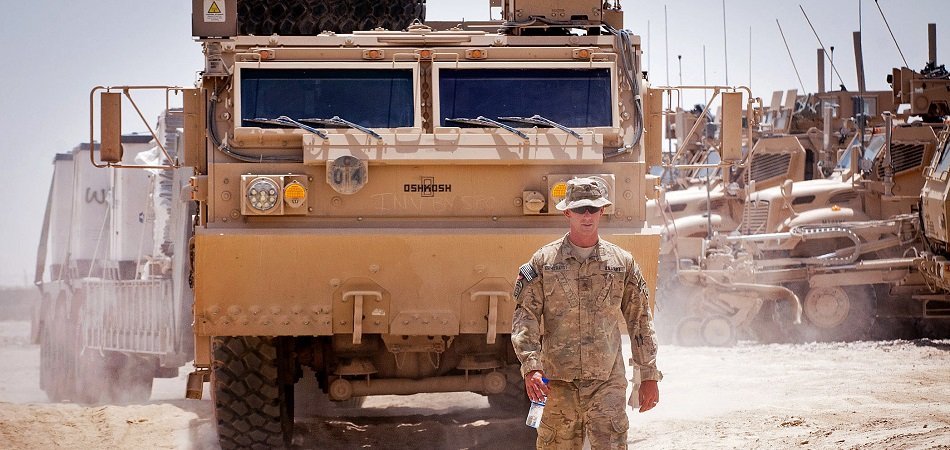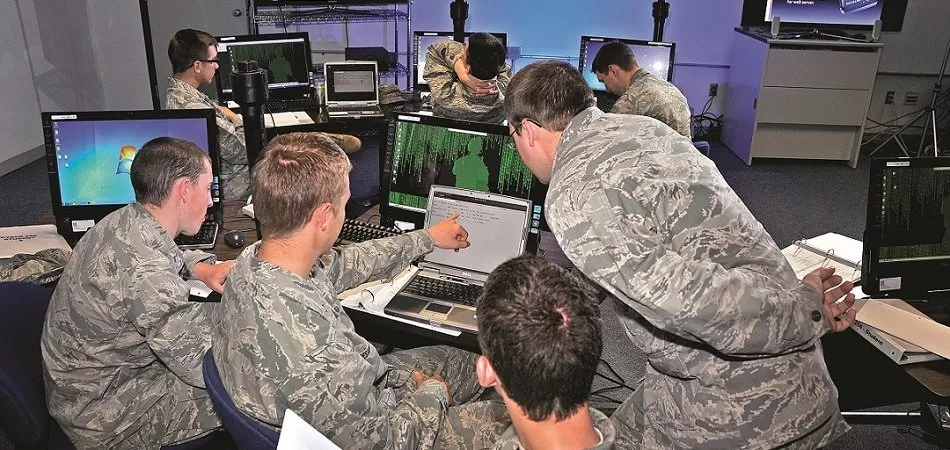AI in the Hospital Setting – Challenges and Trends
This article is based on a presentation at the 2017 AI Applications Summit conference in Boston, entitled “Artificial Intelligence in the…

•


Millicent is a writer and researcher for Emerj, with a career background in traditional journalism and academic research.
This article is based on a presentation at the 2017 AI Applications Summit conference in Boston, entitled “Artificial Intelligence in the…

•

The idea of using artificial intelligence (AI) in the military scares many people in the US, especially when it comes to…

•

The Chinese military, or People’s Liberation Army, is focusing heavily on artificial intelligence. However, China’s race to develop “smarter,” cheaper AI…

•

Government contracts are notoriously hard to acquire. It takes many months of painstaking work to get through the gamut of regulations that…

•

Logistics in the military encompasses more functions than most people realize. In modern warfare, that means large quantities of data to…

•

The Department of Homeland Security (DHS) routinely handles large amounts of data. Its mandate is to “keep America safe,” and that…

•

Large volumes of data, managed properly, are a boon for many industries, including the military. It would not be possible to…

•
